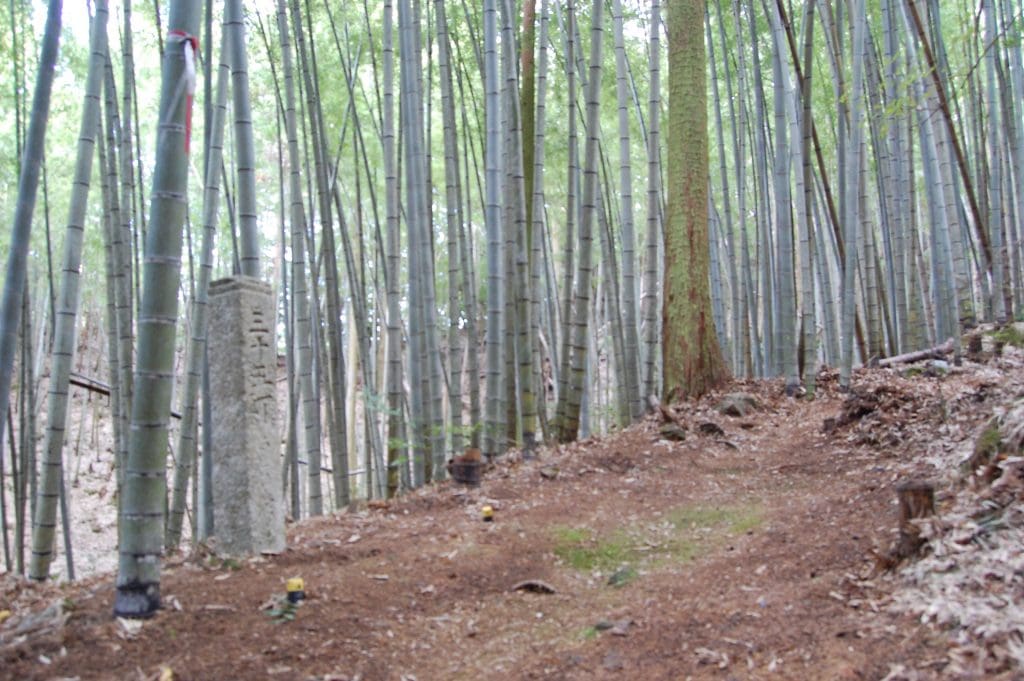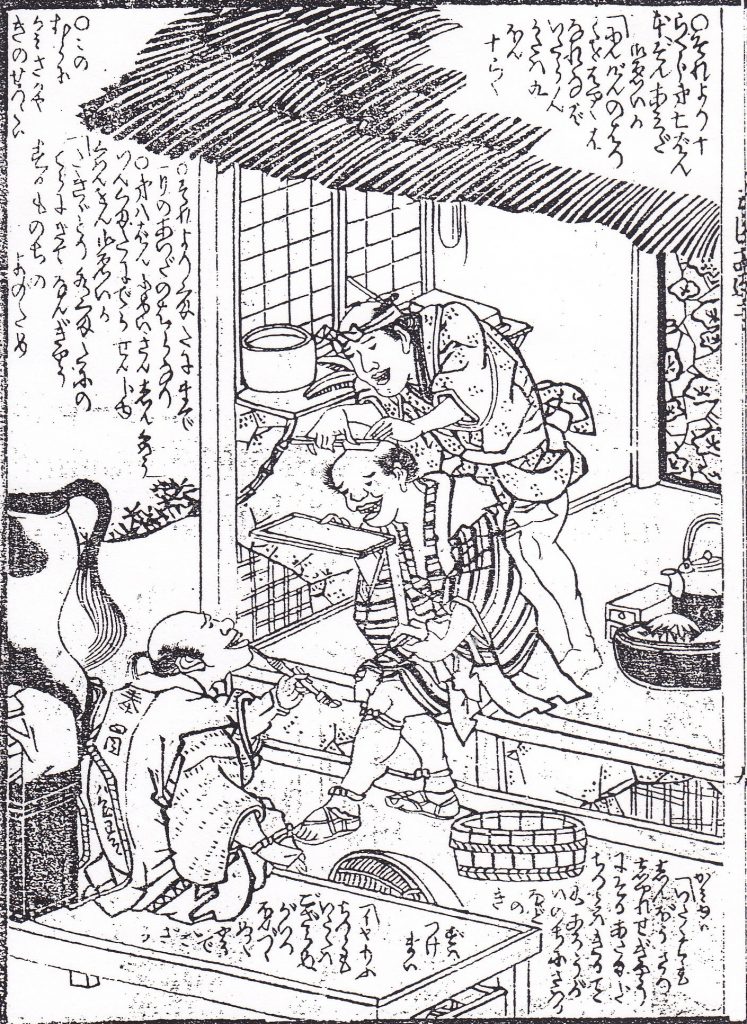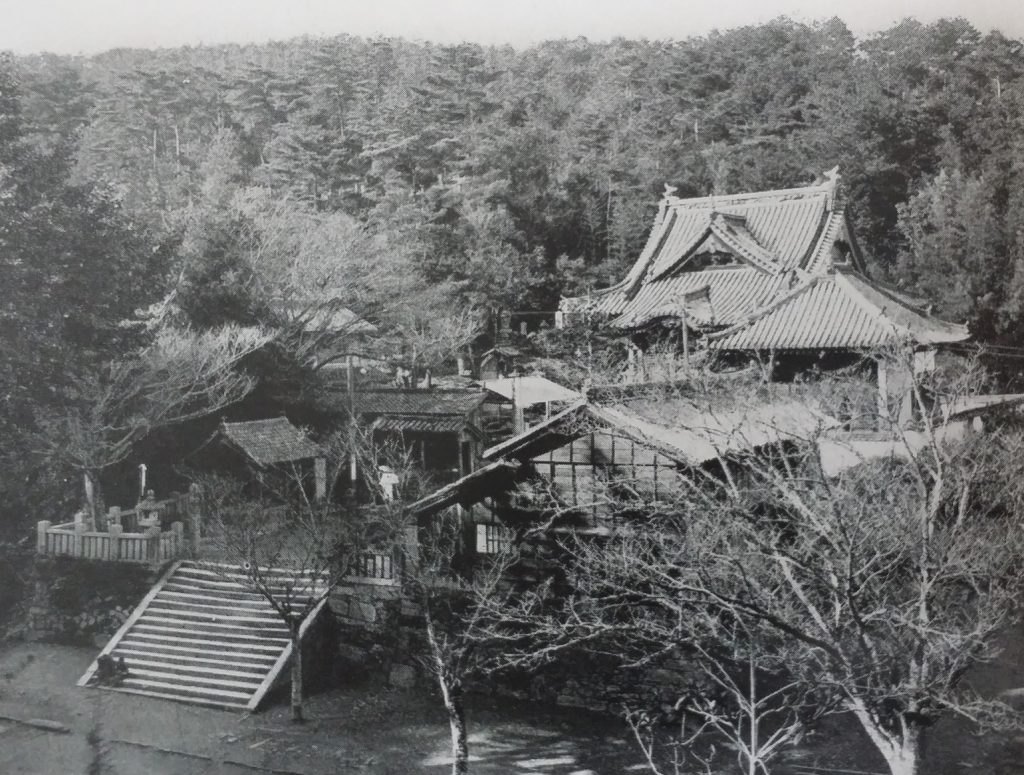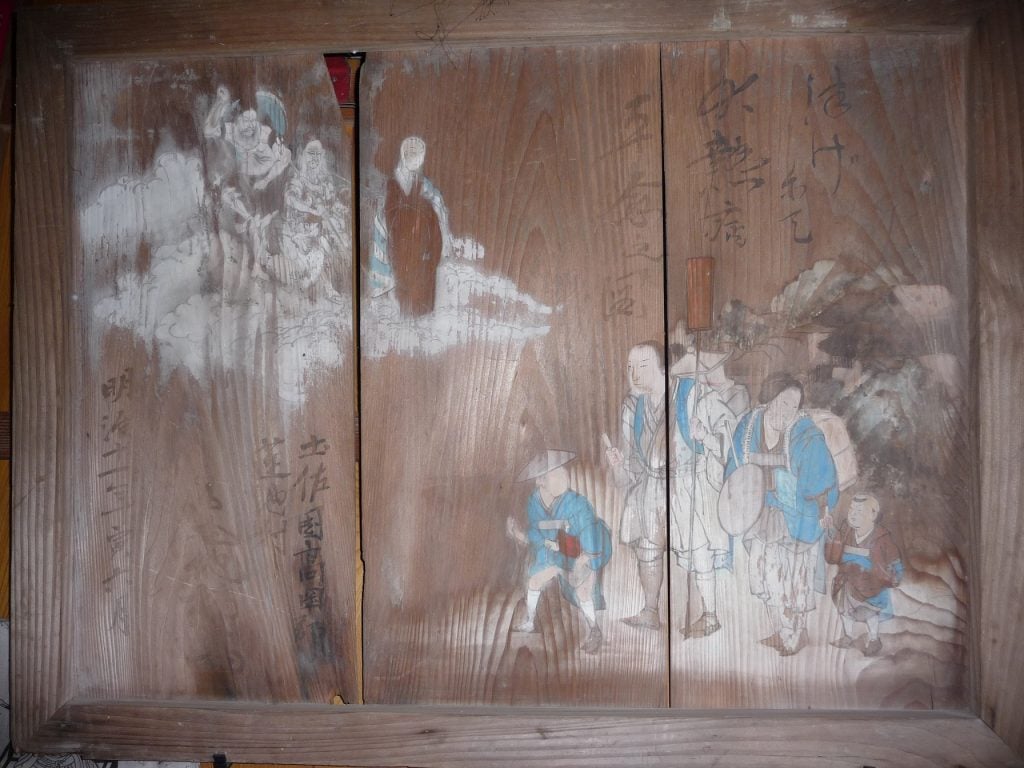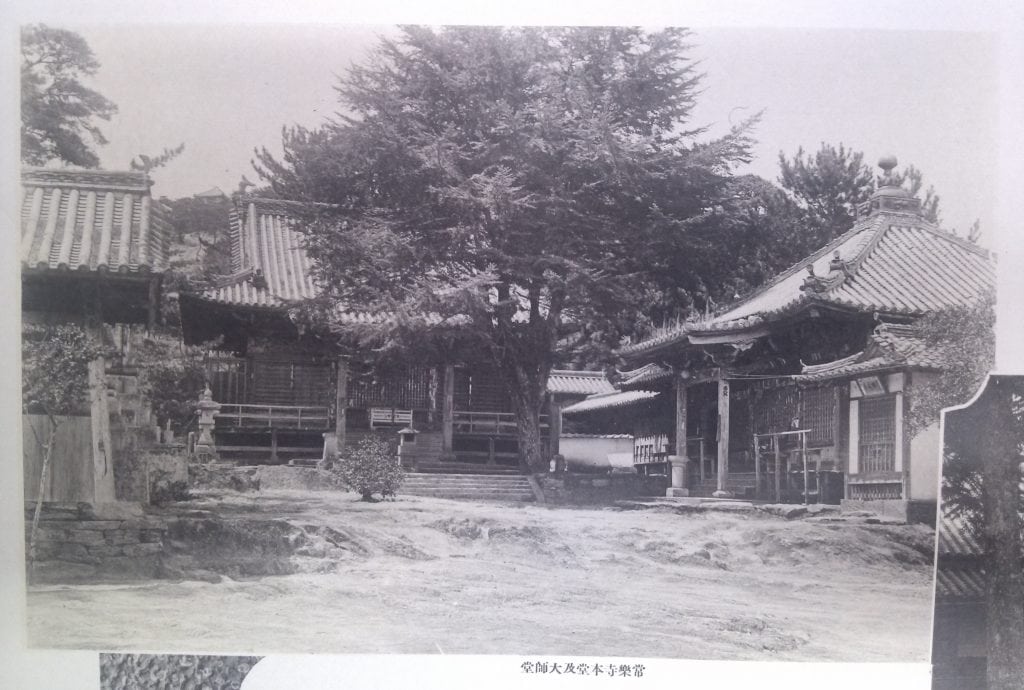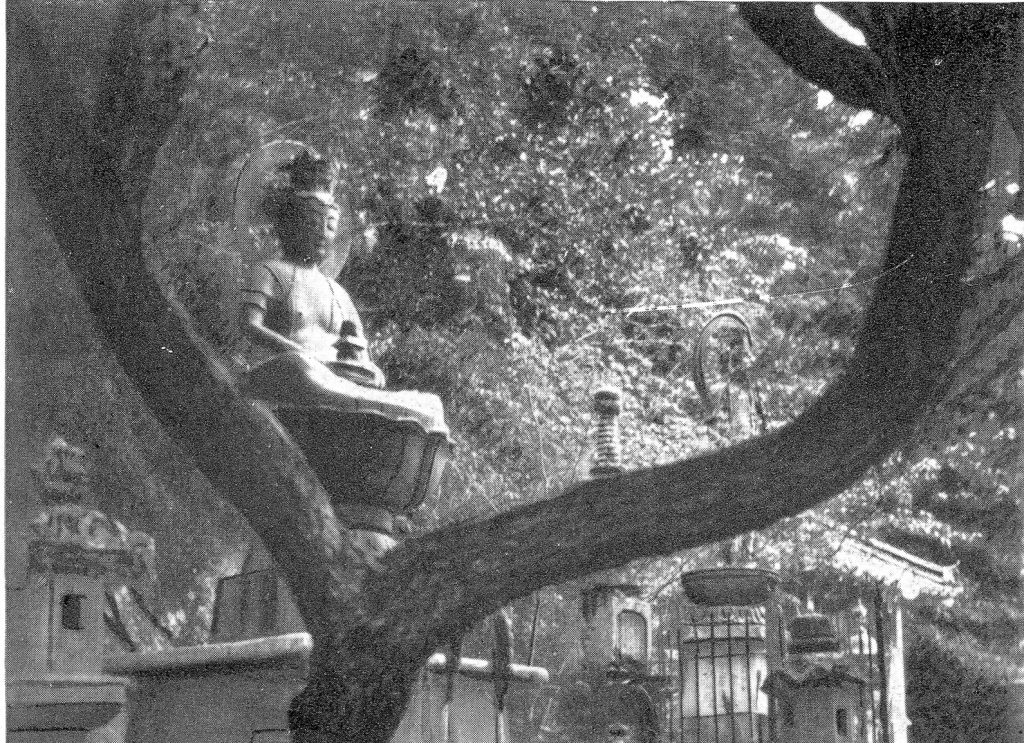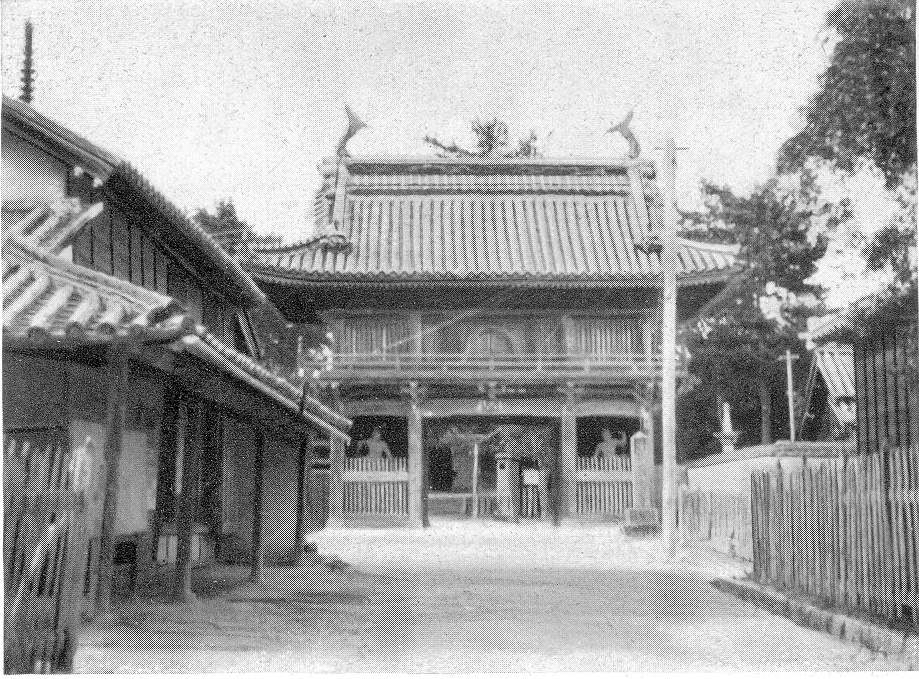Recently various organizations and governmental groups have been working to get the Shikoku pilgrimage route recognized as a World Heritage Site. However, to do so it is necessary to prove to UNESCO that the sacred sites and paths leading to them have outstanding universal importance.
While the pilgrimage route might have been significant to people hundreds of years ago, a lot has disappeared with modernization or is in a state of disarray. Thus, one strategy is to find and reestablish original sections of the route. One example is a short section by Temple 20, Kakurin-ji (鶴林寺) and another by Temple 21, Tairyūji (太龍寺), which are now designated national historical sites (国指定史跡).

